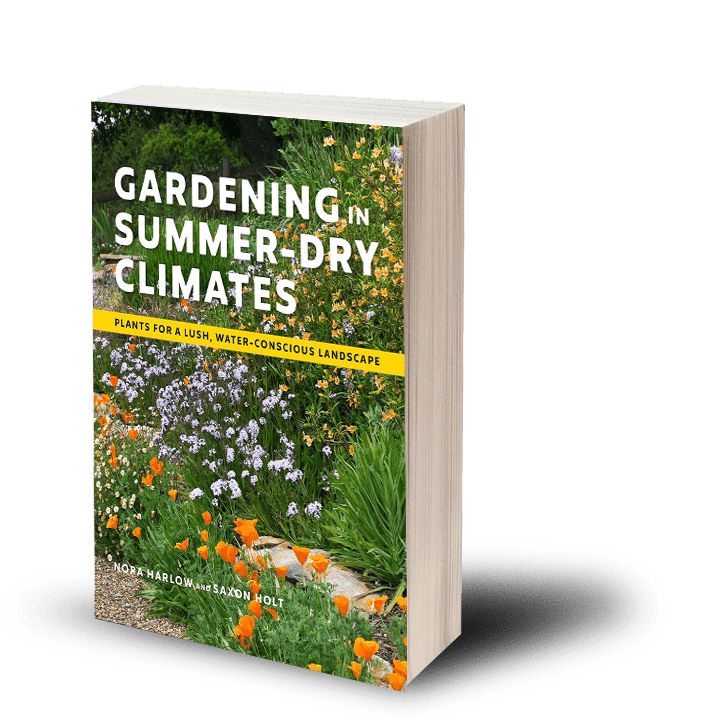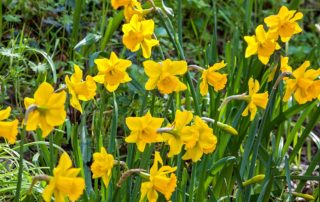Cultivated Varieties of Narcissus
Almost everyone has a childhood memory of daffodils, that universal symbol of the end of winter and the arrival, once again, of spring. Fewer likely know that the plant with which most of us are familiar is one among dozens of species and thousands of registered cultivars of the genus Narcissus, hundreds of which are currently in commercial production. Narcissus ‘Grower’s Pride’ All narcissus are bulbs, all produce linear, strap-shaped, or sometimes rushlike basal leaves, and all bear flowers singly or in clusters of a few to many atop upright stems from six inches to two feet tall.








